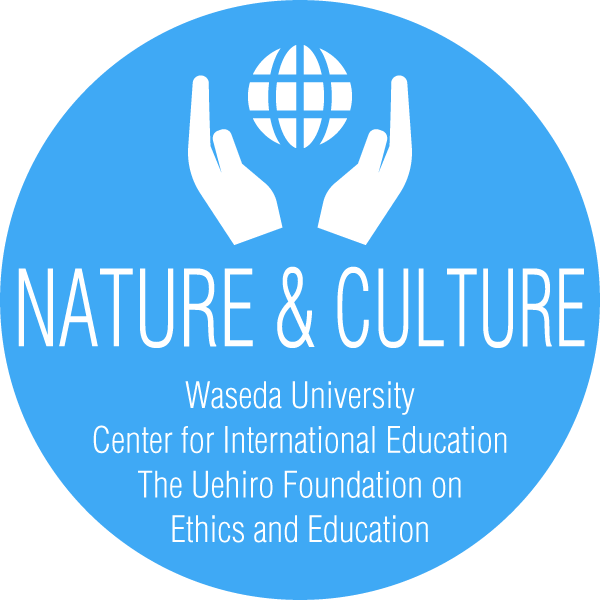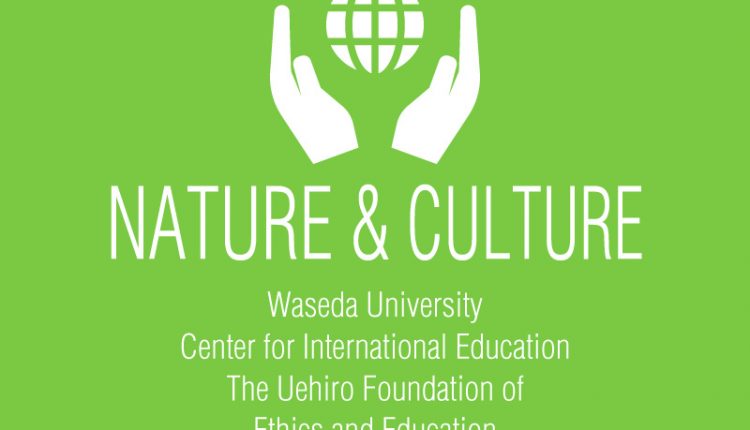AFTER FIELDWORK: Comparing Our Societies [Wildlife Group]
1) What do you think are the differences between those who live on Iriomote Island and those on the mainland?
Jihyun:
“Akiko Kinsei san trusts nature and people [on Iriomote] live according to what they’re giving and don’t fix their problems with artificial solutions. For example, the attitude towards availability of convenience stores and food. People on the mainland adjust their surrounding and people on Iriomote adjust to their surroundings.”
Sydney:
“Talking of the difference between people on Iriomote and those on the mainland, the former seem old-fashioned and isolated from modernism and don’t feel the effects of tourism that much.”
Fia:
“People on Iriomtoe worry about the island becoming a UNESCO world heritage. People in the city would aim to receive such a title, but on Iriomote, the locals think that a lot of negative effects would follow and they care more about wildlife than tourism and the name [of the title]. They don’t need to be validated with these official titles.”
Sylvie:
“People on Iriomote exist with what they have there and on the mainland, they make external things to attract the tourists.”
Hotsuki:
“People on Iriomote island have more festivals and value the mountain cat as God and welcome people from the mainland, but don’t want them to destroy the nature.”
Sahana:
“People on Iriomote Island seem to value themselves more than those who live on the mainland’s cosmopolitan cities. They are confident in their worth as individuals deserving of respect, and content with their life amidst nature, their local livelihood and cuisine, and are less susceptible to real/imagined pressures of urban life and modern society such as status, salary, future prospects and so on.”
2) What do you think is the difference between a UNESCO designated Eco-park and the natural setting of Iriomote?
- UNESCO designated eco-parks are very crowded and get funding with which they’re able to commercialize and become a tourist hot-spot. This is why the locals of Iriomote worry, because it could lead to negative effects.
- The nature of Iriomote as it is now is untouched and after going there, many of us felt that in its original state, the beauty that comes from it can’t be compared to that of a designated place called an Eco-park, since they’ve already been artificially handled, one way or another.
- It’s important to know the goals of the government when dealing with decisions like these, i.e. why do they want it to be an eco park? Profit motive? Encourage tourism? UNESCO officials may believe that they are protecting nature so while their intentions are good, it must be compared to the local values and an assessment of the local’s power must be done to see if they need more support with regarding to taking care of their environment.
- It’s important to see what the locals feel about such a decision as they ultimately live on the island and deal with the consequences of such legislation. They should be the deciding force as it’s uncertain whether or not the government works in favor of the indigenous minority.
3) What is the function of the locals’ natural resources?
- Akiko san and Kinsei san’s livelihood depended on the natural resources found in the mountains and mangroves. The question is, how do we define these resources? From what perspectives do we consider them?
- During the interview, they stressed that when taking something from nature, one must also give and back to it (Give-and-Take) and that’s the way they can maintain the environment and their relationship with it. It is symbiosis, a mutually-beneficial relationship. They don’t see nature as a resource bag, but as a something to be nurtured.
- A policy on the island limits how much edible, culinary seaweed can be harvested per person, as explained to us during the fieldwork by a local chef, illustrating how precious the resource is and stressing on the importance of not wasting food and resources.
- They do not view nature as a ‘thing’, but as an entity; they do not objectify it. They ‘receive’ from nature, as opposed to ‘taking’ from it.
- Regarding the resource value of the Yamaneko (mountain cat), is its value practical or spiritual? However, locals regard it highly and this must be taken into consideration when dealing with the geo-cultural aspects of Iriomote island and society. The presence of the Yamaneko influences factors such as traffic regulations, laws, education policies and so on.
Group Facilitator: Jihyun
Compiled by: Sahana

